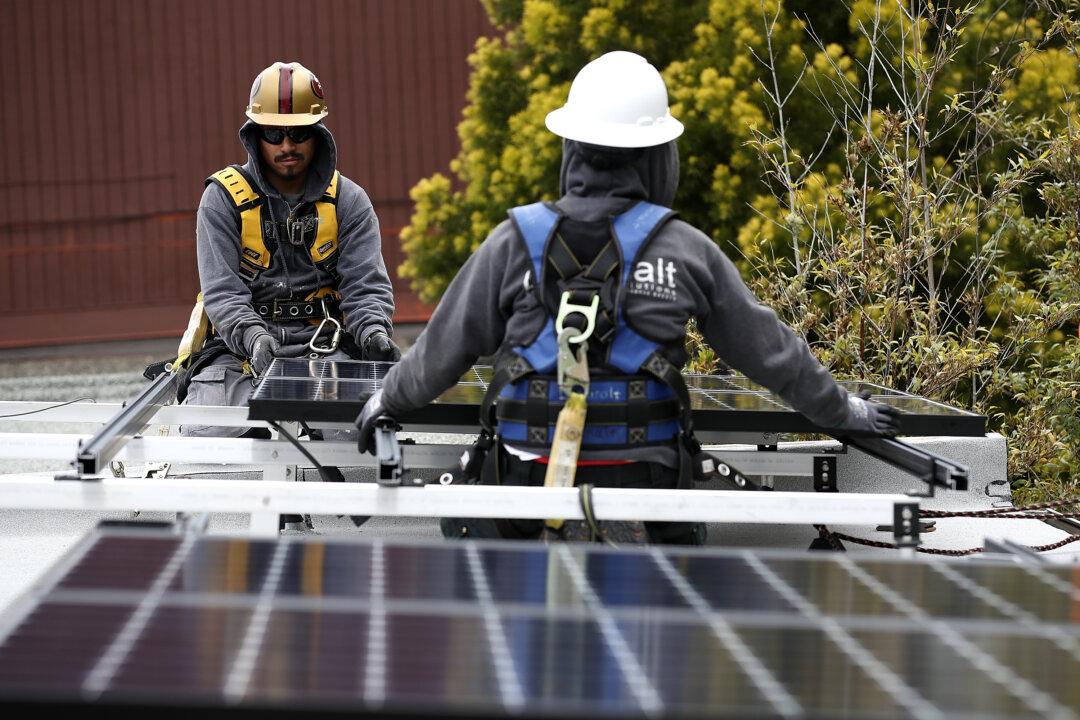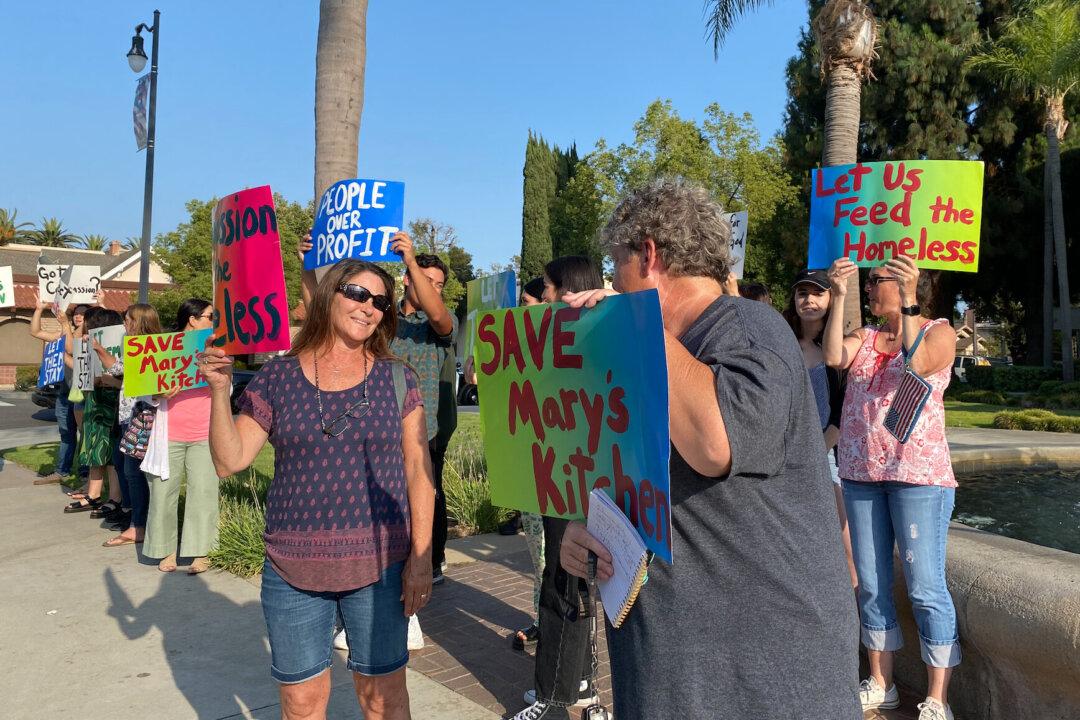In an unprecedented attempt to cut energy use in new homes by fifty percent, the California Energy Commission (CEC) in 2018 adopted new building standards that require solar photovoltaic systems beginning on January 1, 2020.
As that date approaches, the CEC has found itself reevaluating certain parts of the plan that have yet to be strictly defined.





